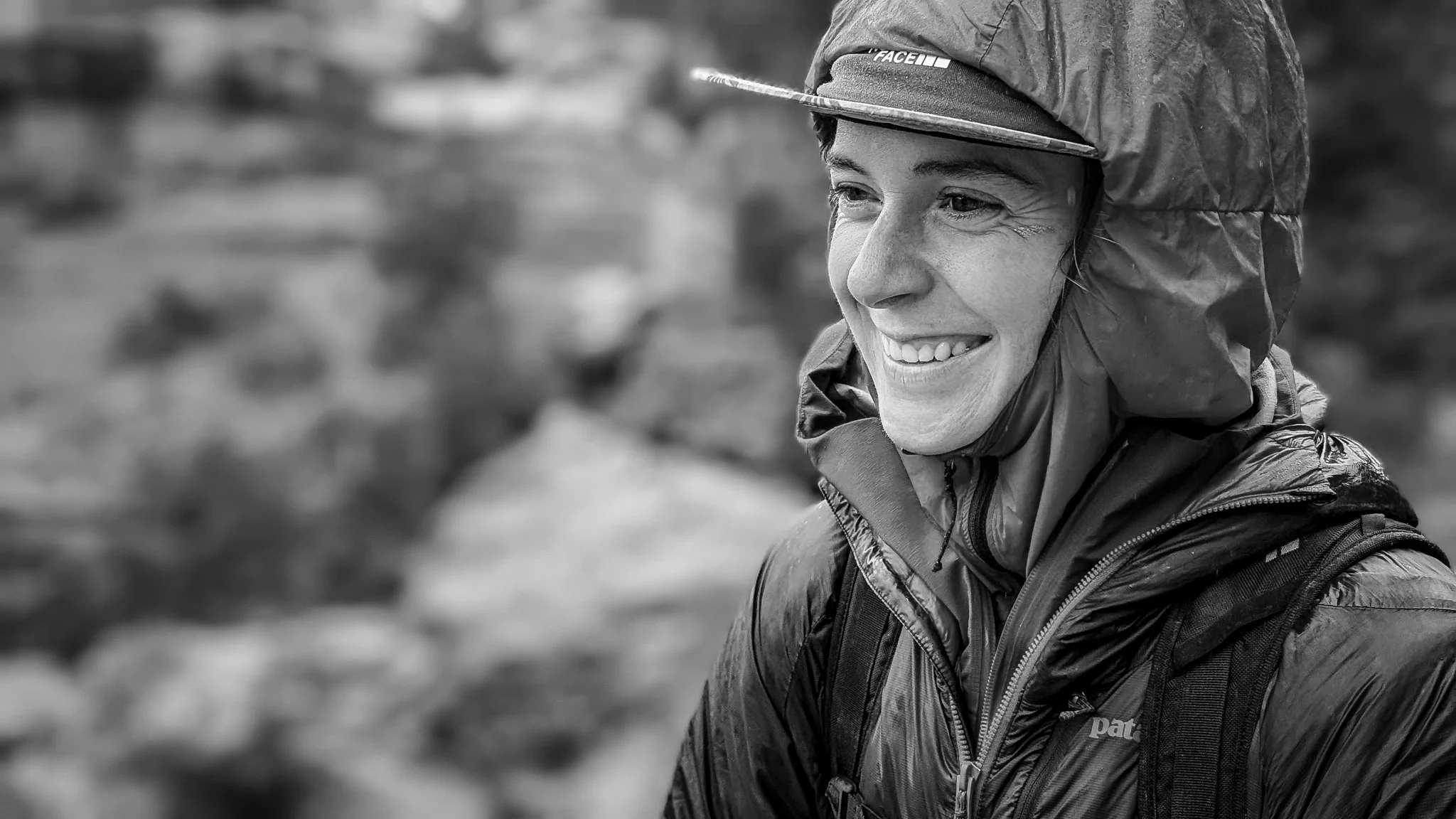Meet Meg
Since I can remember, I’ve only dreamed of two careers. The first was becoming a panda scientist, a dream that was quickly squashed after my first high school biology class. The second was becoming a climbing instructor. But not just any climbing instructor. I wanted to work with people seeking a more therapeutic approach to climbing. I didn’t know exactly what that would look like as a career, but I knew the power of mountain sports in fostering healing and resilience. More than anything, I wanted to help others experience what climbing had given me.
So, I went looking for that job. I double-majored in Outdoor Education and Psychology. I interned and instructed at the Adaptive Sports Center in Crested Butte. I guided for a wilderness therapy program in Southeast Utah. Yet, despite these experiences, I still hadn’t found exactly what I was searching for. So, I decided to explore climbing and therapy as separate paths, trusting that, somehow, they would eventually converge.
On the guiding track, I became an AMGA Certified Rock Guide and one of only a handful of female-identifying Single Pitch Instructor Providers in the country. This path took me across the U.S. and internationally, eventually leading me to lay down roots at the base of Rocky Mountain National Park, where I continue to work and play with deep gratitude.
On the therapy track, I went back to graduate school, earning a Master’s in Clinical Mental Health. I opened a private practice in Estes Park, specializing in Play Therapy, a unique modality that helps children process trauma and transition through nonverbal expression and play. I studied attachment and trauma, working with individuals from ages 3 to 50, helping them understand how these experiences shape our lives across the lifespan.
But as both tracks charged full speed ahead, I realized that in the pursuit of integration, I had lost sight of balance.
I knew I wanted a guiding space where people could use climbing as a tool to build confidence, face uncertainty, and feel empowered in their lives. I also knew I wanted a therapy space where mountain athletes could access trauma-informed services, ensuring that mental health barriers wouldn’t hold them back in their sport.
I was searching for the intersection.
So here it is. This is the nexus of climbing and counseling.
And I’m so glad you’re here.

